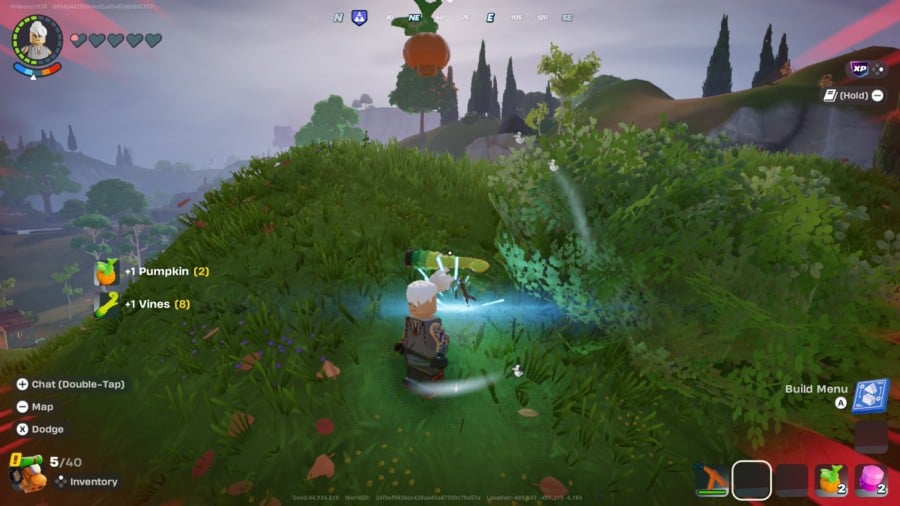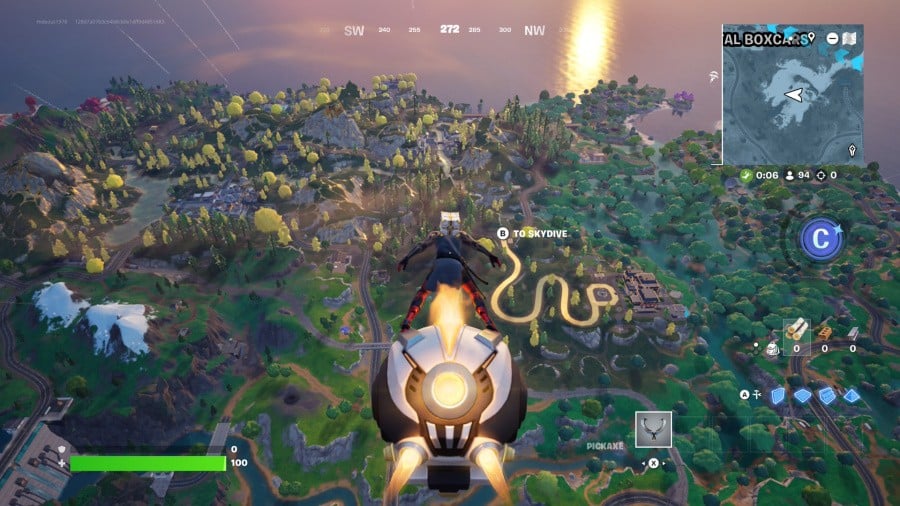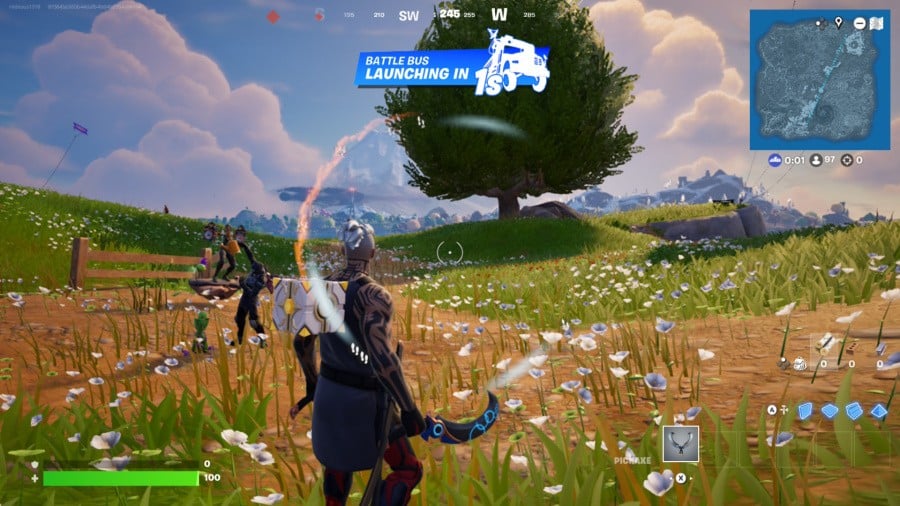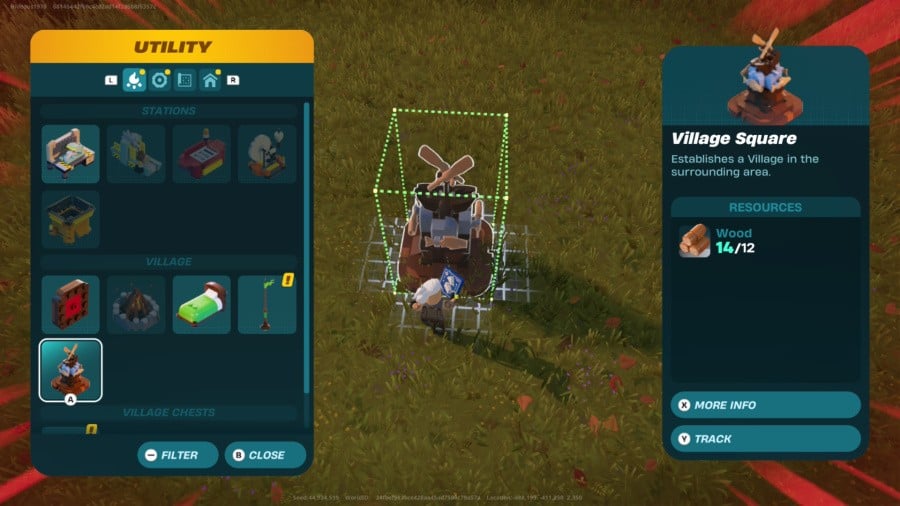Let me address this analysis without claiming mastery over Fortnite’s evolution. The game has morphed from a battle royale experiment into a sprawling digital platform resembling modular sandbox experiences. Returning after a hiatus, I found menus overwhelming—a tangled assortment of modes and user-created chaos reminiscent of platforms catering to younger audiences.
Epic’s financial muscle ensures each component gleams with polish. LEGO collaborations, superhero crossovers, and rhythm-based minigames coexist alongside racing modes. Transitioning between these feels seamless, offering constant novelty without technical hiccups. While initially disorienting, the variety impresses with its scale and execution.

Core modes remain foundational. The original battle royale retains its adrenaline-pumping construction mechanics, now joined by survival crafting in Lego Odyssey and communal building in Brick Life. Harmonix’s rhythm challenges and Psyonix’s racing spin-off provide depth beyond mere novelties. Creative tools empower players to design anything from horror games to Octo Game, an unabashed nod to survival competition trends.
Performance on Switch 2 marks a generational leap. Gone are the blurry textures and unstable framerates of previous hardware iterations. Docked play now targets 1220p/60fps, while handheld mode shines at 900p—both delivering crisp visuals and responsive controls. Environmental details like foliage density and texture clarity transform immersion, particularly noticeable during aerial descents.

Unexpected standout features include innovative control schemes. The new mouse compatibility—mapping Joy-Cons for precision aiming—defies expectations, offering PC-like responsiveness. Load times for cosmetics and environments now match premium console experiences, eliminating past frustrations.
While visual fidelity trails high-end systems, hybrid portability and consistent performance make this version compelling. The ability to seamlessly shift between TV gaming and on-the-go sessions complements Fortnite’s social ecosystem. For families, the Switch 2 iteration replaces murkier alternatives with a vibrant, parent-approved hub.

Final Assessment
Fortnite’s Switch 2 overhaul solves prior technical shortcomings while expanding its entertainment suite. From competitive shootouts to creative sandboxes, every mode benefits from enhanced visuals and fluid 60fps gameplay. Hybrid controls and portability elevate this above stationary console versions for many users, despite minor graphical concessions.

